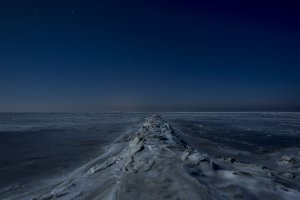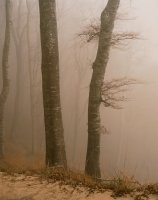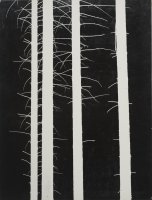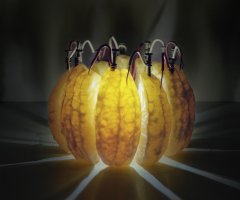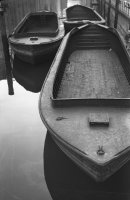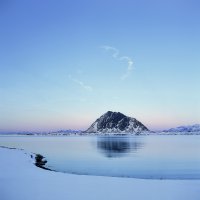Upcoming Events
Current
Profile
The ALFRED EHRHARDT STIFTUNG is committed to promoting the study of the work of Alfred Ehrhardt, a photographer, documentary filmmaker and outstanding representative of the New Objectivity movement. The foundation was established in November 2002 by the artist’s son, the Munich investment manager Dr. Jens Ehrhardt, in order to preserve his father’s artistic legacy and estate—which includes drawings, graphic works, photographs, negatives, films and papers—and make it available to a wide public.
In addition, the foundation focuses on historical photographers from Alfred Ehrhardt’s milieu, and in particular on contemporary photography and media art. Exhibitions have a special dialogical approach, which provides an encounter between Alfred Ehrhardt’s photographic and film-based art and contemporary positions addressing themes intrinsic to his work—»nature« and the »construct of the natural.« This dialogue is then continued in the form of events and discussions and is recapitulated in accompanying publications.
